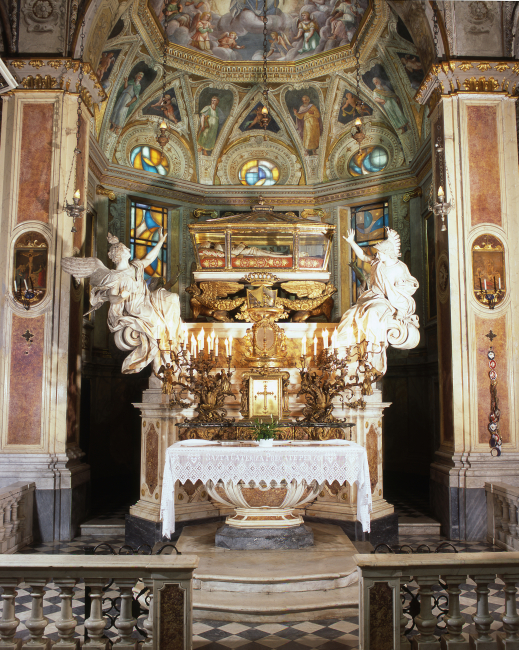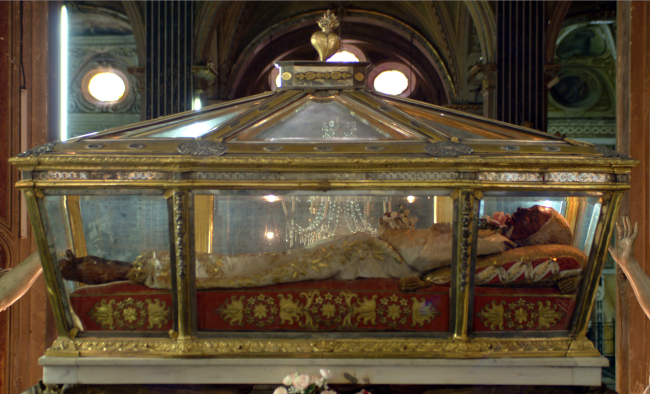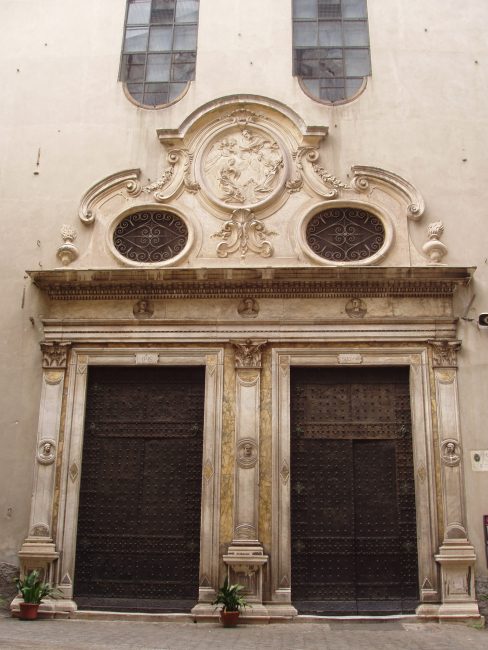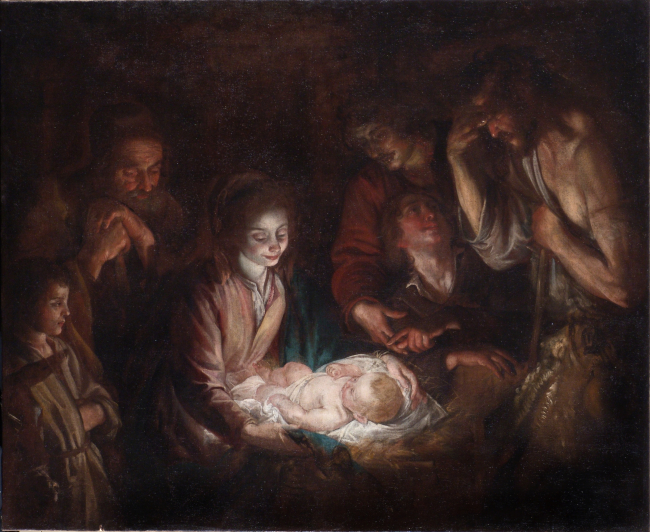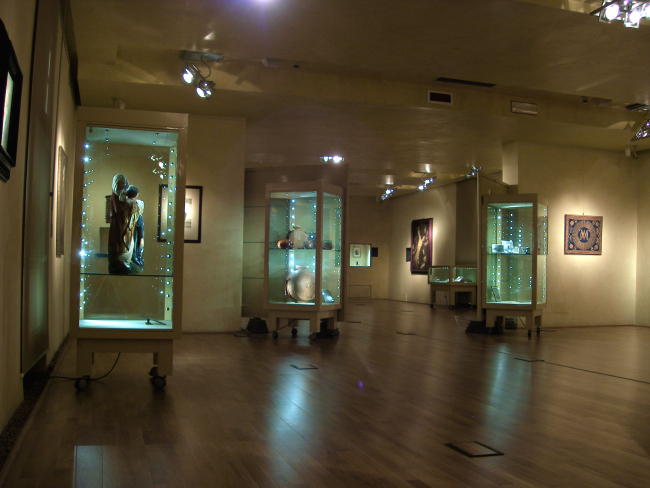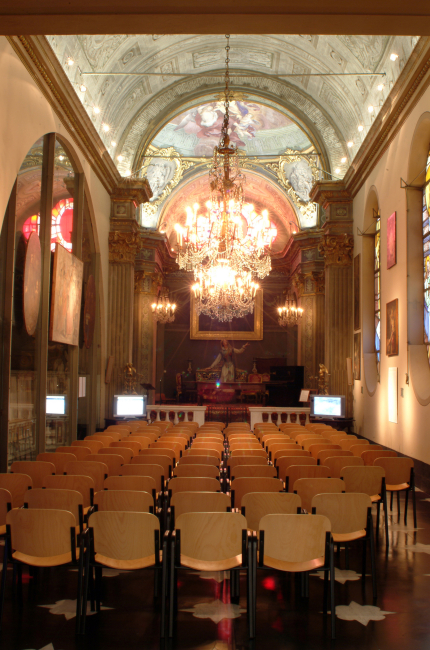The Santuario di Santa Caterina da Genova and the Museo dei Beni Culturali Cappuccini
The Santuario di Santa Caterina da Genova and the Museo dei Beni Culturali Cappuccini
This splendid religious building is renowned as "Genoa’s sixteenth-century workshop". The reason is the wealth of works by Genoese masters from the second half of the sixteenth century which are enclosed within its walls including works by Giovanni Battista Castello (known as Bergamasco), Luca Cambiaso, Andrea and Ottavio Semino, Lazzaro and Pantaleo Calvi.
The Sanctuary of Santa Caterina da Genova in Santissima Annunziata di Portoria, so called because of its location in the Portoria district, was built in 1556 as part of the monastery of the “franciscani minore” and the hospital of Pammatone, the principal institution in Genoa from the fifteenth century to the beginning of the twentieth century offering medical care and assistance to the poor.
A curiosity: Caterina Fieschi Adorno (1447 - 1510), one of the principal figures of Italian mysticism, proclaimed a saint in the mid-eighteenth century, provided assistance to the sick at this hospital and her “uncorrupted” body is kept as a relic inside the sanctuary.
Completing this treasury of faith and art, are altarpieces and frescoes by leading artists from the seventeenth (and subsequent) centuries, such as Domenico Piola, Pietro Raimondi, Giuseppe Palmieri and Aurelio Lomi.
Museum of Genoese Capuchin Cultural Heritage
The museum is housed on the top floor of the “Capuchin” (Franciscan) Monastery of Santa Caterina and aims to make known the life of the “Minori” Franciscans through temporary exhibitions of the artistic, bibliographic and archival heritage combined with a permanent collection of altarpieces, paintings and sculptures collected from Ligurian monasteries that are no longer active.
The museum is accessible via a monumental staircase built at the end of the eighteenth century to a design by Gaetano Cantoni which allowed access to the upper chapel of the convent church directly from the wards of the Pammatone hospital.




